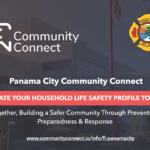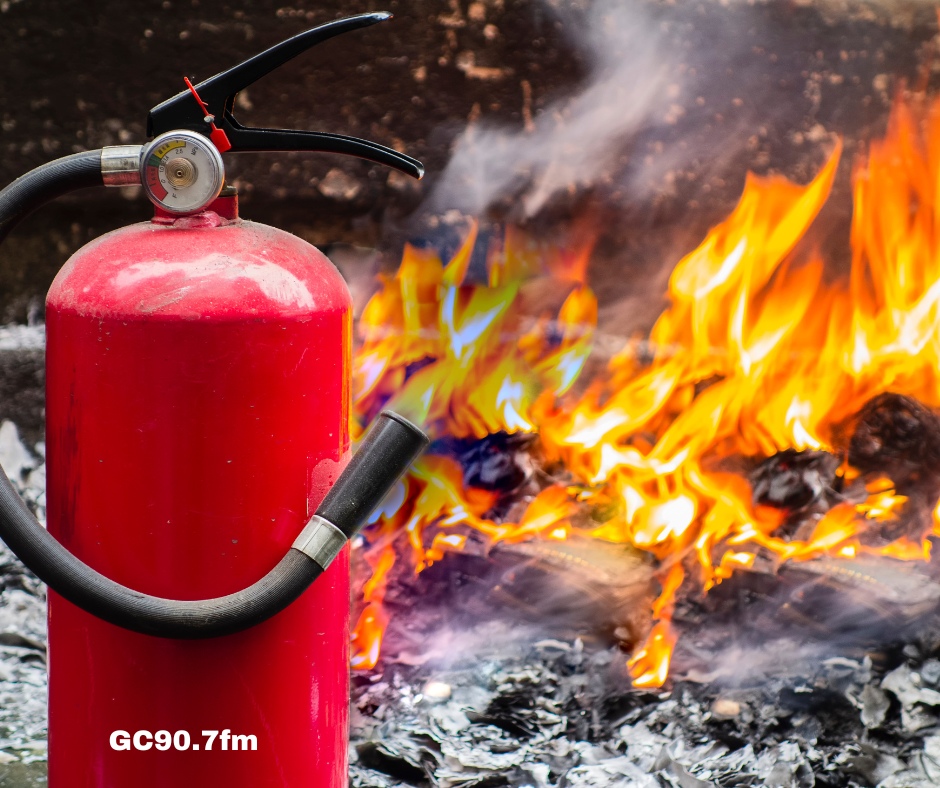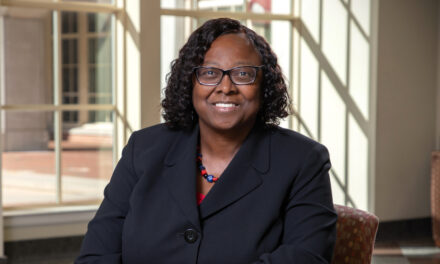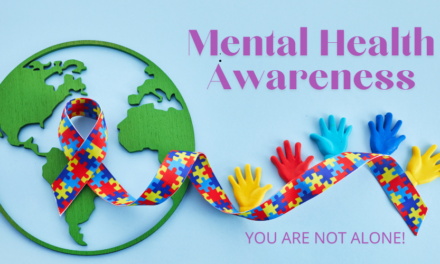
Valentine’s Day Fire Safety Tips
Spark Love Safely: Fire Safety Tips for a Romantic Valentine’s Day
Keep fire safety in mind this Valentine’s Day to safely maintain the spark of a romantic evening. According to the National Fire Protection Association® (NFPA®), that means keeping a close eye on what’s cooking on the stove or in the oven and practicing caution when using candles.
“For anyone planning to celebrate Valentine’s Day at home this year, there’s a good chance those plans will include a special meal and glowing candles,” said Lorraine Carli, vice president of Outreach and Advocacy at NFPA. “Our goal is to make sure these romantic gestures are done with fire safety in mind.”
Cooking is by far the leading cause of U.S. home fires with nearly half (49 percent) of all home fires involving cooking equipment. Unattended cooking is the leading cause of cooking fires and half of all cooking fire deaths.
“Keeping a close eye on what’s cooking can be a challenge, particularly on special occasions like Valentine’s Day when you’re trying to get everything just right,” said Carli. “But when you consider that unattended cooking is the leading cause of cooking fires, it’s clear that carefully monitoring what’s on the stove and in the oven is critical to ensuring a fire-safe evening.”
Candles, which also represent a leading cause of home fires, need to be used with caution. NFPA data shows that half of all candle fires started when a flammable object – such as furniture, bedding, curtains, home decorations, or clothing – was too close to a lit candle. In 21 percent of home candle fires, the candle was either left unattended, discarded, or otherwise misused. Over one-third of candle fires (36 percent) started in the bedroom.
Carli recommends using flameless or battery-operated candles, which provide a similar look and feel to open-flame candles while eliminating the risk of associated fires. If you do plan to use real candles, following are tips from NFPA to do so safely:
-
Avoid using candles in the bedroom and other areas where people may fall asleep.
-
Place candles on sturdy, uncluttered surfaces where they will not be knocked over.
-
Use caution when lighting candles. Keep hair and any loose clothing away from the flame.
-
Do not allow candles to burn down too close to the base of the holder or container.
-
Never leave a child alone in the presence of a burning candle.
-
Keep matches and lighters out of children’s reach.
For more information about cooking safety, visit our cooking safety page; for more candle safety information, visit the candle safety page.
In addition, NFPA encourages the public to make sure they have working smoke alarms and to develop and practice a home escape plan.
For this release and other announcements about NFPA initiatives, research and resources, please visit the NFPA press room.
About the National Fire Protection Association® (NFPA®)
Founded in 1896, NFPA® is a global self-funded nonprofit organization devoted to eliminating death, injury, property, and economic loss due to fire, electrical, and related hazards. The association delivers information and knowledge through more than 300 consensus codes and standards, research, training, education, outreach and advocacy; and by partnering with others who share an interest in furthering the NFPA mission. For more information, visit www.nfpa.org. All NFPA codes and standards can be viewed online for free at www.nfpa.org/freeaccess.
Angela Small
Radio Production Assistant
















